
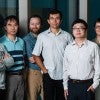
Physicists find first possible 3D quantum spin liquid
Rice physicists show cerium zirconium pyrochlore qualifies as the first possible 3D quantum spin liquid.

Recent data shows that substance use of alcohol, cigarettes and marijuana, is declining among students in the Houston Independent School Distric...

In the aftermath of the devastating July 2025 floods in the Texas Hill Country, the need for reliable, real-time flood warning systems has never been ...
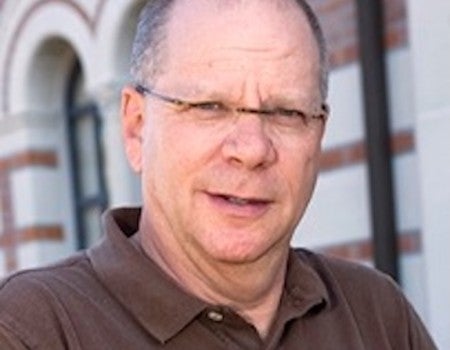
Robert “Bob” M. Stein, the influential political scientist who shaped civic life at Rice and across Texas, died after a brief battle with cancer....
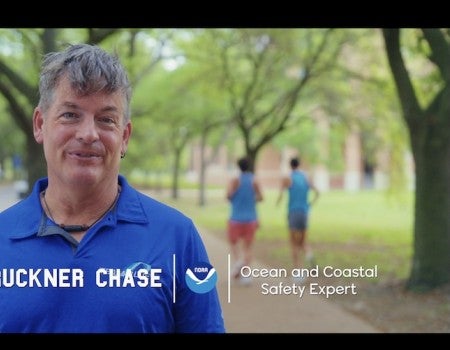
When Rice alumnus and former swimmer Bruckner Chase ’90 first dove into open-water swimming, he couldn’t have imagined it would one day bring him back...

Held over three weeks this summer, the class was grounded in literature, philosophy and art history but used Paris itself as the primary teaching tool...
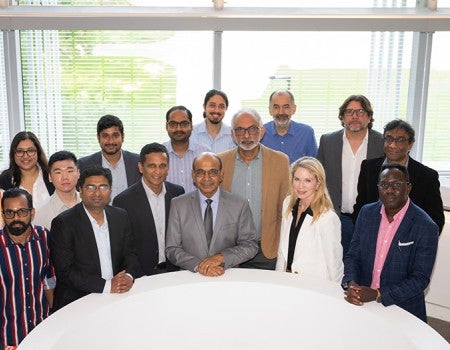
The RISING Center at Rice, a partnership accelerating U.S.-India collaboration in advanced materials and defense-related technologies, held a one-year...
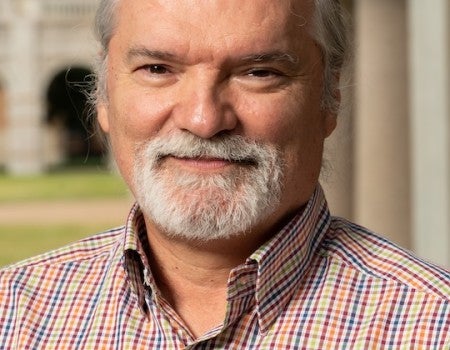
Eduardo Salas named the 2025 Group Psychologist of the Year by APA’s Division 49, a national honor celebrating pioneering contributions to the science...
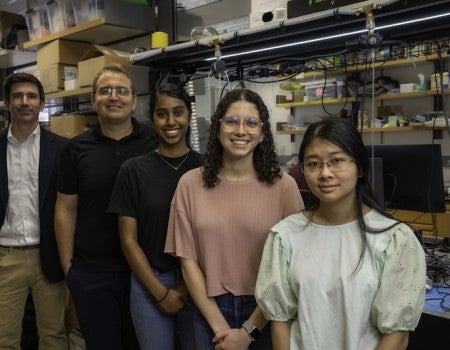
In a step forward for soft robotics and biomedical devices, Rice engineers have uncovered a powerful new way to boost the strength and durability of s...
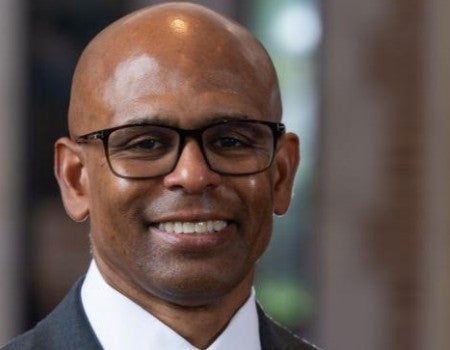
Rice has appointed alumnus and former trustee Terrence Gee ’86 as interim chief information officer, effective Aug. 1....
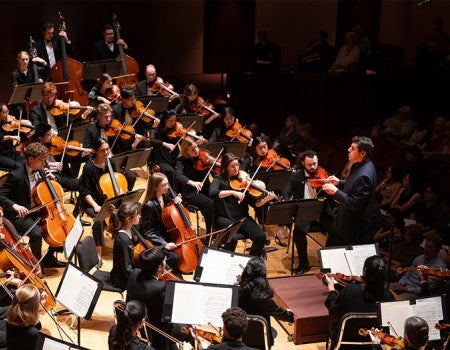
With orchestral, chamber, opera and recital programs, the milestone season showcases the excellence of Shepherd’s students and faculty alongside appea...

Three Rice alumni who are now medical doctors comprise the clinical leaders for Rice Emergency Medical Services, the university’s student-led team of ...

Rice's Synthesis X Center and Baylor College of Medicine’s Dan L Duncan Comprehensive Cancer Center have awarded the second offering of a two-year see...

Physicists find first possible 3D quantum spin liquid
Rice physicists show cerium zirconium pyrochlore qualifies as the first possible 3D quantum spin liquid.

Feds fund creation of headset for high-speed brain link
A Rice University-led team of neuroengineers is developing nonsurgical headset technology for brain-to-brain communication "at the speed of thought."
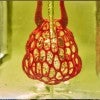
Organ bioprinting gets a breath of fresh air
Bioengineers have cleared a major hurdle on the path to 3D printing replacement organs with a breakthrough technique for bioprinting tissues.
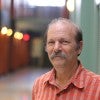
Vardi leading new initiative on technology, culture and society
Rice University computer scientist Moshe Vardi is speaking out about the unintended ills of information technology, and he is marshaling support to directly address them through a campuswide Initiative on Technology, Culture and Society.

Computer scientist Vardi named University Professor
World-renowned computer scientist Moshe Vardi has been promoted to University Professor, Rice’s highest academic title.

Rice University announces new program to dramatically expand scholarships for middle class
Rice University has unveiled a new initiative to make higher education more affordable by dramatically expanding financial aid provided to students from low-income families to those with incomes up to $200,000.
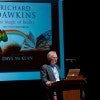
Most British scientists cited in study feel Richard Dawkins’ work misrepresents science
Controversial British evolutionary biologist Richard Dawkins is well-known for his criticism of religion, but a new Rice University study of British scientists reveals that a majority who mentioned Dawkins’ work during research interviews reject his approach to public engagement
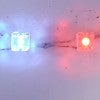
Nanotubes assemble! Rice introduces ‘Teslaphoresis’
Scientists at Rice University have discovered that the strong force field emitted by a Tesla coil causes carbon nanotubes to self-assemble into long wires, a phenomenon they call “Teslaphoresis.”

First worldwide survey of religion and science: No, not all scientists are atheists
Scientists at Rice University have discovered that the strong force field emitted by a Tesla coil causes carbon nanotubes to self-assemble into long wires, a phenomenon they call “Teslaphoresis.”